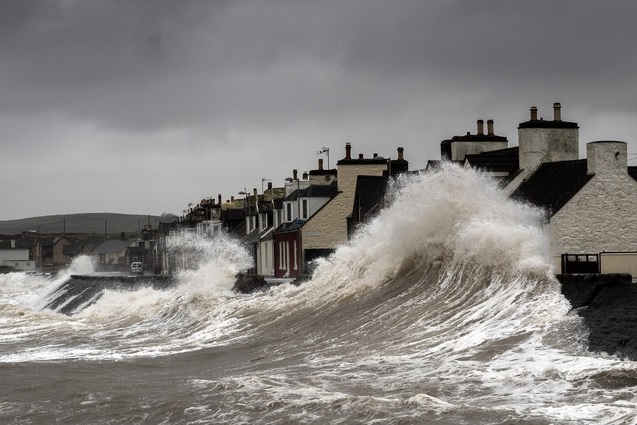
The Government’s Flood Resilience Review
In late 2016 two official government reports were released; the first of which being the National Flood Resilience Review, published in September 2016.
This report incorporated a review of extreme flood scenarios against existing flood model outputs, alongside a list of identified local infrastructures at risk from tidal or fluvial flooding within the next 10 years. Despite the report thoroughly covering aspects such as providing more temporary and permanent flood defences, critics have highlighted the lack of consideration over adaption or resilience towards flood risk. Similarly, focus on various flood risks such as surface water flooding was neglected, while the main focus lay on coastal and river flooding defences – of which an estimated £2.3 billion from 2015-2021 is being spent in strengthening.
Oxford – At Risk
One identified area at risk of flooding is Oxford, which lies upon the River Thames floodplain. Its most recent period of flooding occurred in January 2014. In studying the risks of flooding here, a plausible extreme rainfall scenario constructed by the Met Office added a 30% uplift to modelled rainfall estimates for December 2013 and January 2014. This extreme rainfall scenario was then fed into the Environment Agency’s ‘Oxford Thames’ flood forecasting model. Said model was then used as a tool in predicting flood levels in and surrounding Oxford, concluding that the area is now at a greater risk of flooding amongst a larger number of properties in its river catchment area.
Future Flood Prevention Report
The second report, published by the House of Commons Environment, Food and Rural Affairs Committee, in October 2016 is titled Future Flood Prevention. This report suggested a number of differing recommendations to that of the first; for instance there was call for greater application of catchment scale measures such as natural flood management approaches. It also examined whether the National Flood Resilience Review was too short term and comprised of pragmatic ‘hard’ solutions, as oppose to long term sustainable ones. The Commons Report notably went on to consider a restructuring of flood powers and responsibilities across England into a new governance model, based around a National Floods Commissioner – deeming the current flood risk management structures as ‘fragmented, inefficient and ineffective’.
What can be taken from both reports, according to The Environment’s publication of UK Flood Resilience (February 2017) is that ‘government spending and central reform can only go so far’ in its current state. In combating the threat of flooding across the UK action must additionally be taken on smaller scales, through both city and council leaders as well as individuals within communities. The report on Future Flood Prevention even highlighted the need for better communication towards the public on flood risks.
Unda’s vastly experienced consultancy team can provide you with helpful guidance on understanding the risks of flooding that your property may face. We provide a range of services for individual property owners for example for insurance and due-diligence .
A Flood Risk Assessment can also be carried out to support all planning applications for areas under development. Our clear and concise reports have an excellent track record with achieving planning authority approval.
In order to find out more about Flood Risk Assessments for Planning Approval please Contact Us.